Grind out stamped in commutator wires
So I guess you scorn at the screwy idea  Me "stock"? HAH I am going almost as fast as a snails pace!!!
Me "stock"? HAH I am going almost as fast as a snails pace!!!
I remember you mentioning this briefly, but I took a look at my diamond blade and thought it couldn't do the job, too narrow. Maybe some grinding blade available that is a little wider...
Or just more work than I would like, yuk. I also was under the impression that the bottom of the channel was supposed to be copper and when I got done with that, it would no longer be, thus messing it up... Apparently not so. I know I wouldn't have a square bottom, seemed a drawback. Great to hear that this treatment will not destroy the commutator. I guess I bought $10 worth of screws for nuttin'.
Originally posted by Ufopolitics
View Post
 Me "stock"? HAH I am going almost as fast as a snails pace!!!
Me "stock"? HAH I am going almost as fast as a snails pace!!! I remember you mentioning this briefly, but I took a look at my diamond blade and thought it couldn't do the job, too narrow. Maybe some grinding blade available that is a little wider...
Or just more work than I would like, yuk. I also was under the impression that the bottom of the channel was supposed to be copper and when I got done with that, it would no longer be, thus messing it up... Apparently not so. I know I wouldn't have a square bottom, seemed a drawback. Great to hear that this treatment will not destroy the commutator. I guess I bought $10 worth of screws for nuttin'.










 lol
lol 
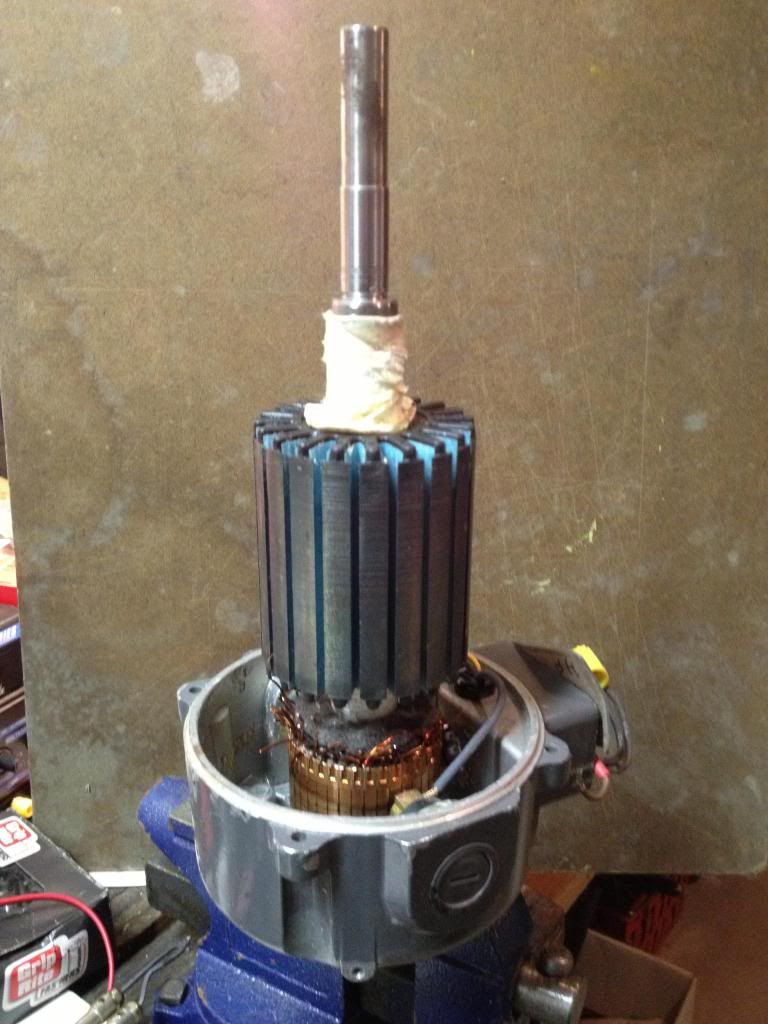
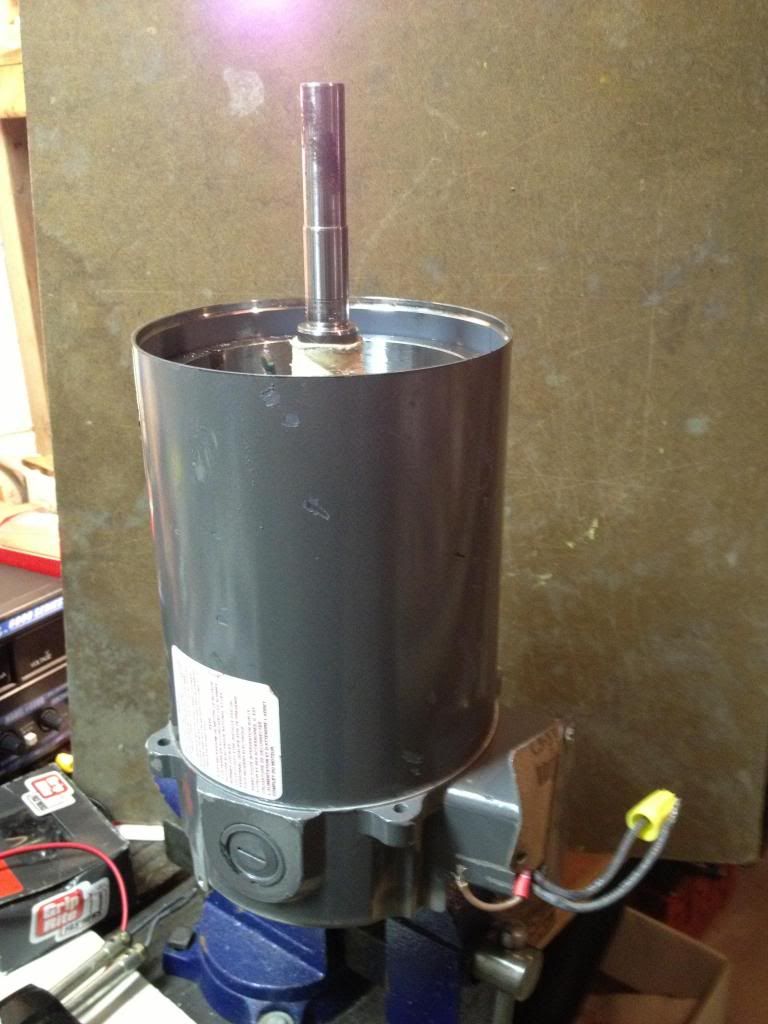
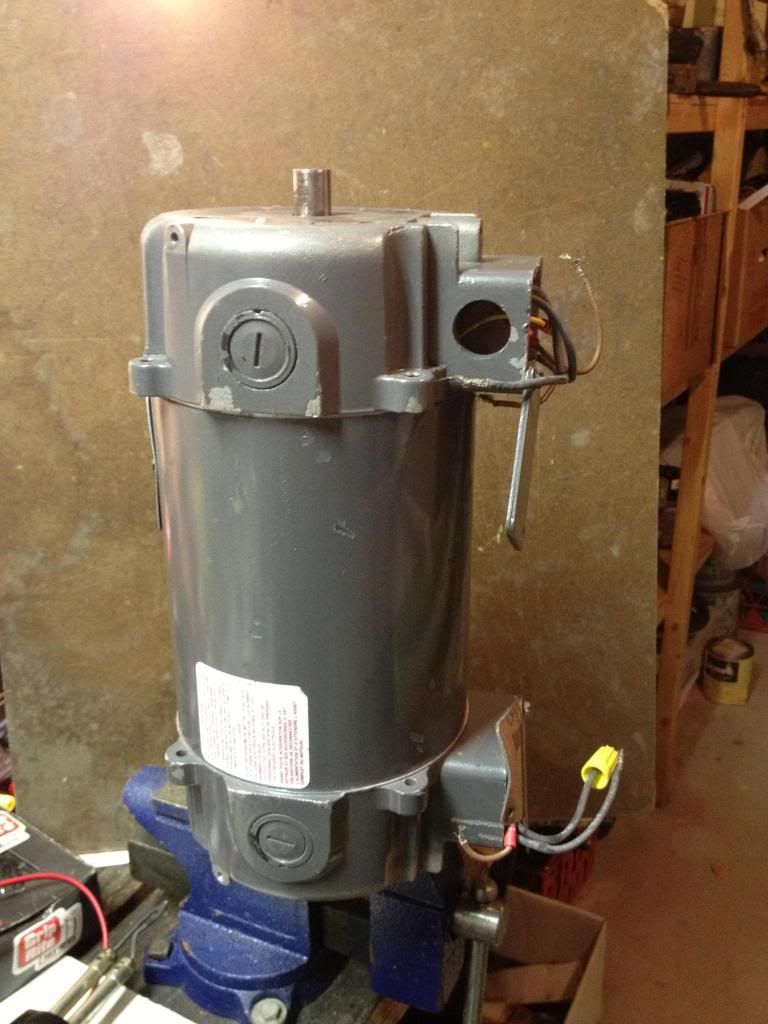
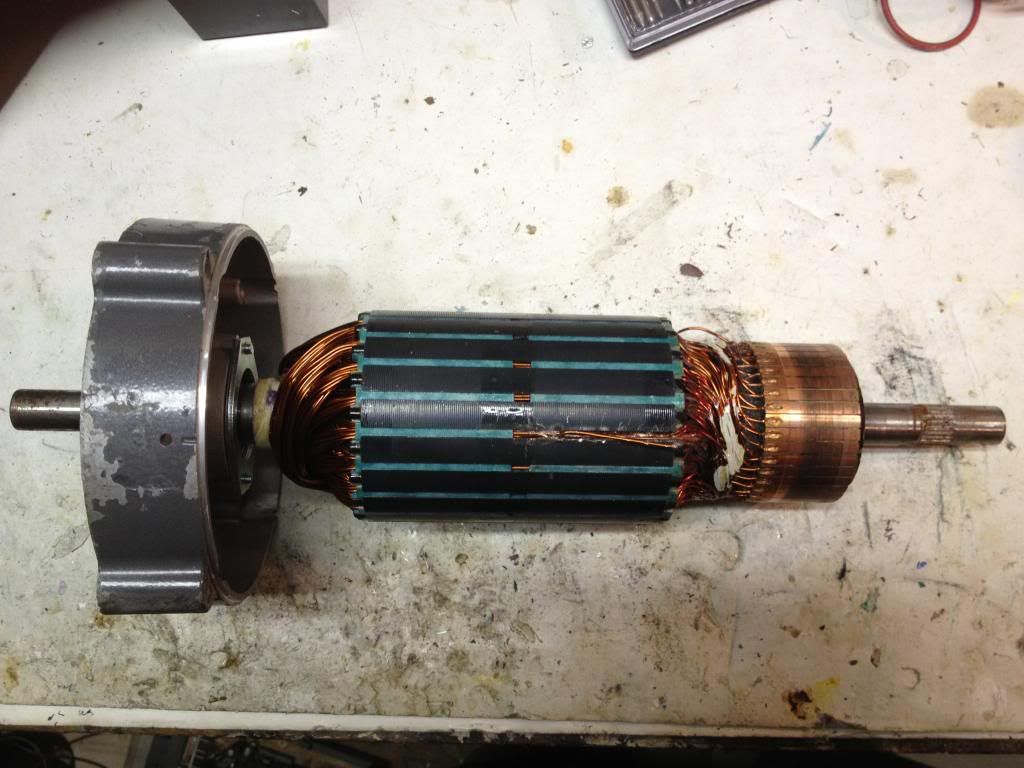
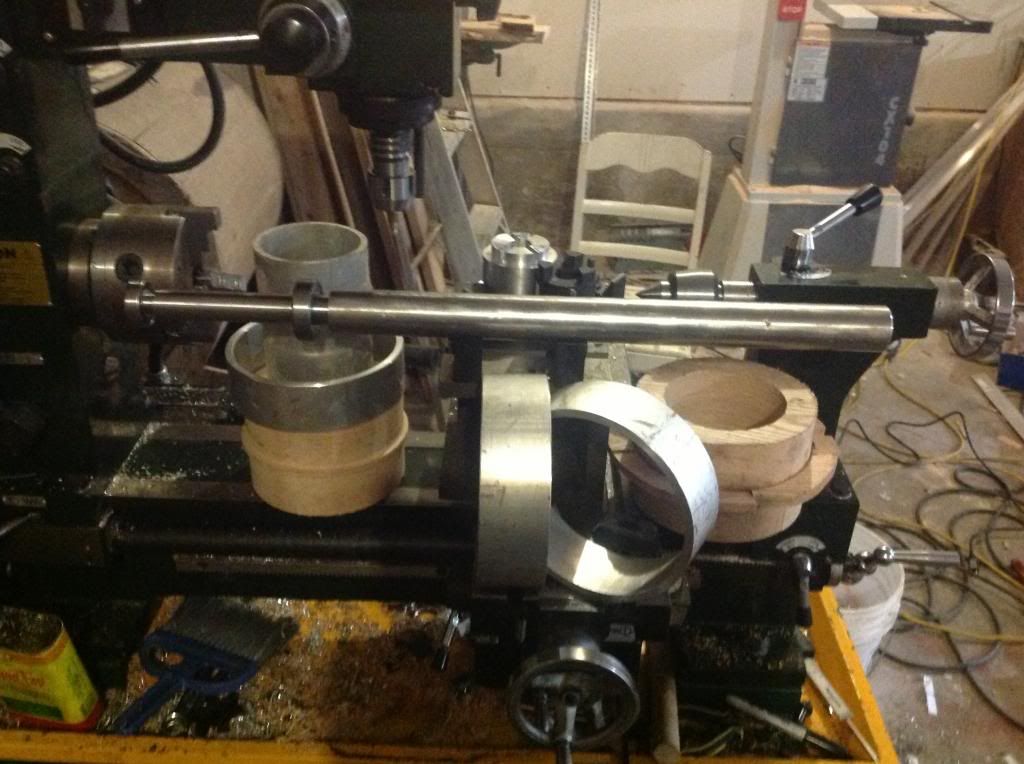


 ...Coils were wound "Coreless" or "Air Cored" and Epoxied to outer casing...they just used a Wax Type High Temp Paper like the one we use...as a separator between Permanent Magnet Rotor and also between outer frame and coils insulation...so, not good.
...Coils were wound "Coreless" or "Air Cored" and Epoxied to outer casing...they just used a Wax Type High Temp Paper like the one we use...as a separator between Permanent Magnet Rotor and also between outer frame and coils insulation...so, not good.
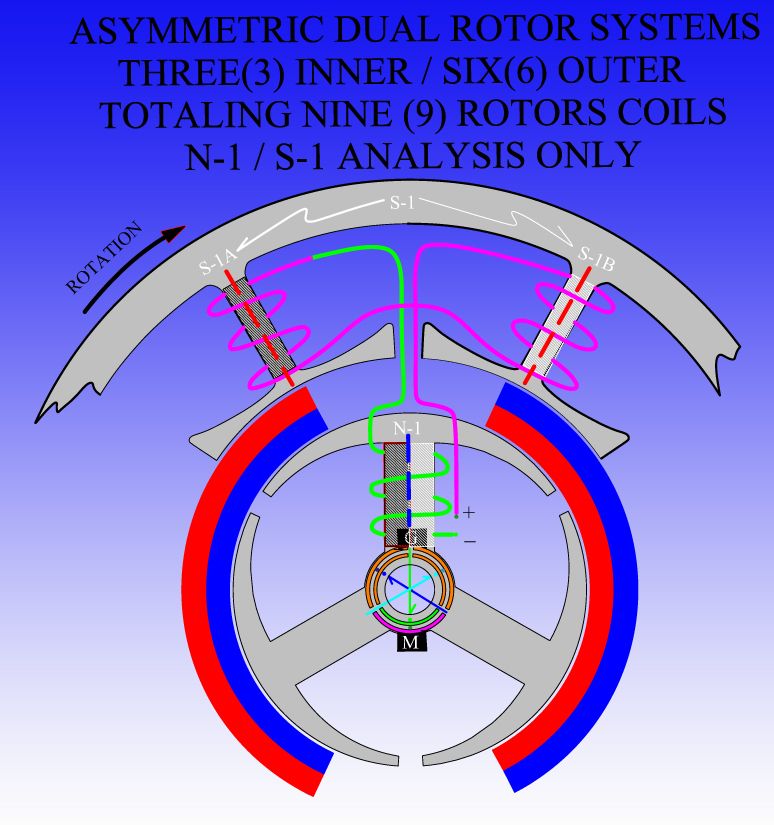
Comment